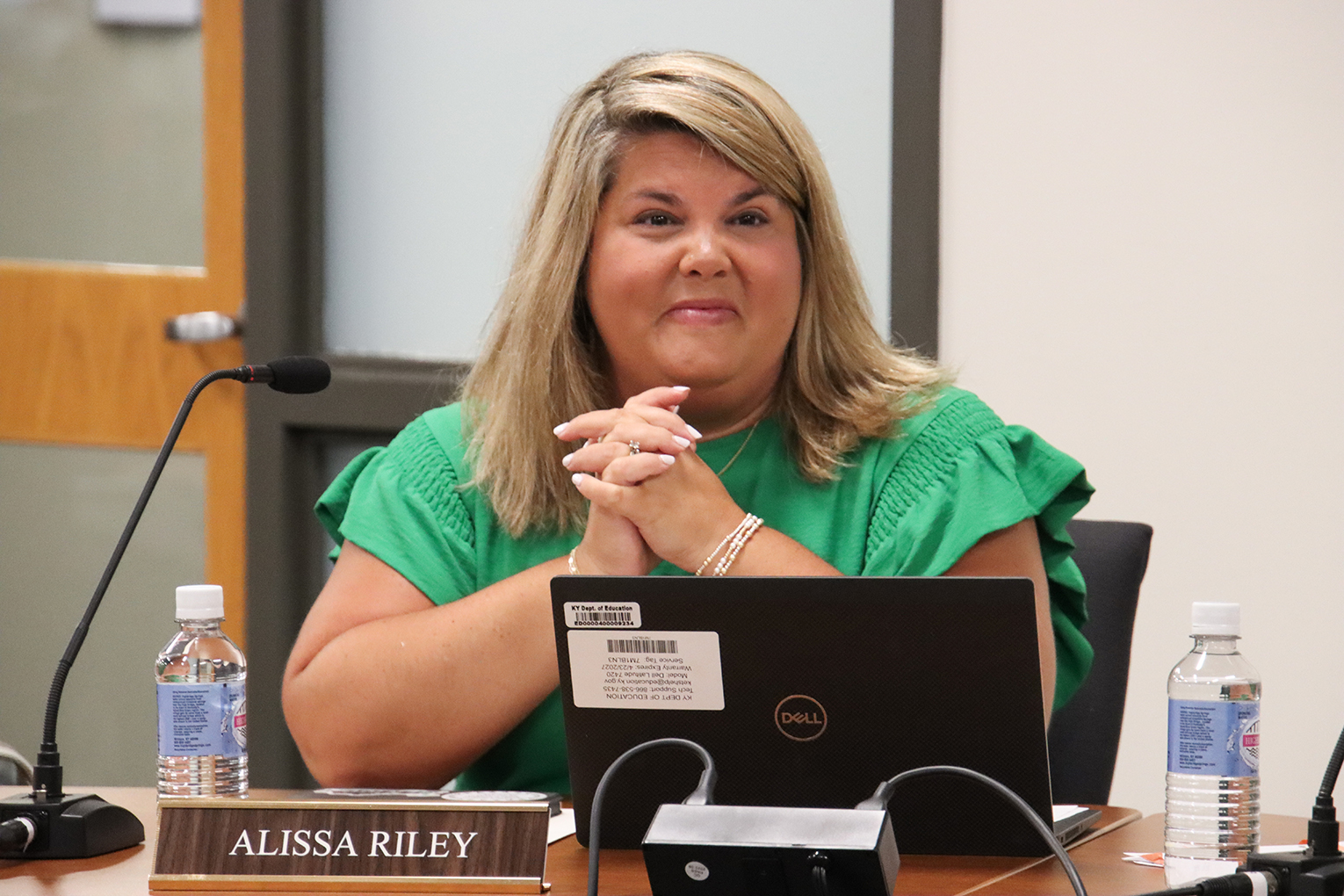By Natalie McCutchen
natalie.mccutchen@simpson.kyschools.us
Marie Montessori said the greatest sign of success for a teacher is to be able to say, “The children are now working as if I did not exist.” For the past few years, I have been working to make my students more self-sufficient and more independent thinkers who are engaged in their work and who can explore and learn with little help from me. As a result, I am constantly in search of strategies and initiatives that will help my students become more autonomous. One of the initiatives that I have been implementing the past two years is Standards-Based Grading (SBG). Simply put, SBG involves grading based on measuring students’ mastery or proficiency based on specific standards or learning targets. Teachers give students feedback in regards to this progress in meeting the standards and allow them to retake assessments in order to determine full mastery.
This journey I have been on with SBG has been rewarding to say the least. This semester I have been working with my Pre-Algebra students to determine criteria for what each grade represents, what skills and actions they should exhibit to get an A or a B. Students set goals at the beginning of each chapter and then reflect daily and weekly on their progress toward meeting their goals. At mid-term and at the end of the quarter, my students will assign their own grade based on the criteria and their work towards mastery of the standards.
As I began setting up this work for my students, I could not help but think how much SBG parallels with Kentucky’s Professional Growth and Effectiveness System (PGES). The foundation of SBG is creating standards and learning targets by which students are assessed; PGES gives teachers four specific domains for consideration: Planning and Preparation, Classroom Environment, Instruction, and Professional Responsibilities.
One of the main goals of SBG is for students to reach mastery; in order to communicate this with students, I use the following levels of mastery: 4-Mastery, 3-Partial Mastery, 2-Limited Mastery, and 1-Minimal Mastery. Likewise, PGES provides levels of mastery for teachers: Ineffective, Developing, Accomplished, Exemplary. With SBG and PGES, both students and teachers are able to determine their placement on a continuum of mastery of standards.
A critical aspect of SBG is establishing a set criteria for mastery; I have taken this one step further and have worked with my students to determine specific criteria for each grade. Similarly, PGES gives teachers distinct exemplars for meeting each level. SBG and PGES provide rubrics by which students and teachers can assess their work.
Before starting any new content, my students set goals, reflect on these goals, and possibly set new goals. With PGES, teachers complete a self-reflection to determine their strengths and weaknesses; teachers then use this self-reflection to decide which domain they should focus on for improvement. SBG and PGES both focus on growth toward mastery.
It is no secret that PGES has been met with some resistance and uncertainty, as most changes are, but few can deny that PGES was developed out of a need for a measure that encourages growth instead of one that just classifies teachers. Principals needed a better way to evaluate teachers and teachers needed to be given clear evidence of their progress and clearly-defined next steps; the new PGES does both. PGES was created to fix the old evaluation system and replace it with something that benefitted both principals and teachers, and consequently, students.
The connections between SBG and PGES are encouraging and I cannot help but wonder if SBG can have the same impact as PGES if implemented effectively by more teachers. PGES was borne out of a need for principals to have a more effective way to evaluate teacher growth; likewise, SBG gives teachers with a more efficient method of tracking student growth. Just as it took intentional planning to scale out PGES, a voice must be given to SBG. It is time to provide both teachers and students a system that focuses on growth and learning.
Natalie McCutchen is a National Board Certified Teacher and a Hope Street Group Kentucky Teacher Fellow. She teaches 7th grade Math at Franklin-Simpson Middle School in Simpson County, Kentucky.




Leave A Comment